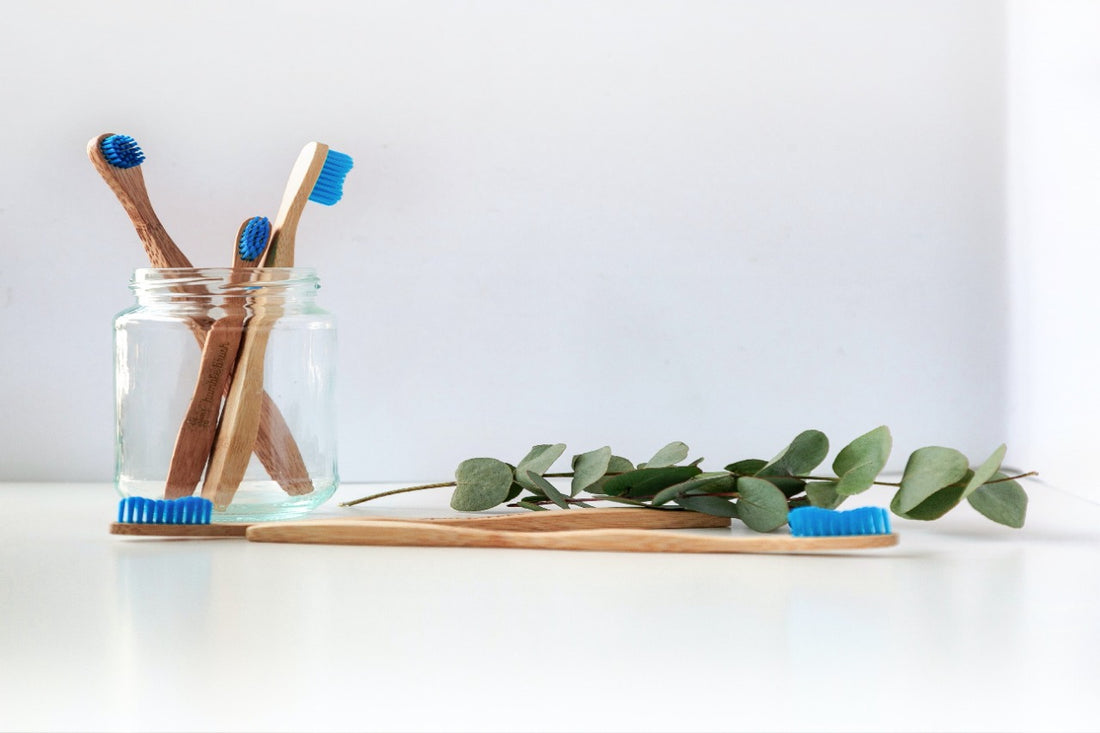We take good care of each of our body parts, but we often neglect our oral health considering that it is a small part even though our day starts with tending to our teeth and gums.
Ayurveda is a traditional medicine system that evolved in India around 3000-5000 years ago and there are 8 classical medicine branches. Even though dentistry was never a specialised branch among the many, it is housed within the branch of surgery (Shalakya Tantra). This holistic medicine system has managed to treat tooth infections, oral deformities, and plaques. Ayurveda has been a native traditional medicine system to the Indian subcontinent but now has been practised as alternative or complementary medicine by other populations as well. According to Ayurveda, 3 doshas govern the physiology of a human being – Vata, Pitta, and Kapha. Similarly, our mouth also houses these three doshas; Kapha within the teeth, Vata within the pores of teeth, and Pitta within the blood vessels that nourish the gum tissue. Ayurveda provides a few dental care tips:
1.Chewing sticks
Ayurveda suggests that chewing sticks is an effective method of toothbrushing to prevent diseases. These sticks are obtained from fresh stems of specific plants and the most famous herbal chewing stick is of neem, which possesses anti-microbial properties. They should be either ‘katu’ (acrid), ‘kashava’ (astringent), or ‘tikta’ (bitter) in taste and one end of it should be crushed to chew it slowly. This method causes attrition and facilitates salivary secretion, thus controlling plaque and accumulation of bacteria.
2.Oil Pulling
Oil pulling is yet another method in complementary and alternative medicine that involves the swishing of oil in the mouth. The most beneficial oil is the sesame oil extracted from oilseed crops, but can also be done using sunflower oil. This method is known as a remedy for bleeding gums, cracked lips, alleviation of mouth ulcers, dryness of throat, decay prevention, and strengthening of the teeth and gums. This oil therapy acts as both curative and preventive for many chronic illnesses.
3.Herbal gum and tooth rub
This simple method requires cleaning and strengthening teeth by rubbing some selected herbs and spices. They clean the teeth enamel and prevent numerous teeth disorders. The most commonly used and the most effective rub is done by using rock salt, garlic, mango and guava leaves. These can be applied individually or you can use a combination of oil and salt for this rub as well, as these not only cleanse the teeth but also strengthen the gums.
4.Tongue cleaning
Many people experience a bad breath, aka “morning breath” early morning because of the accumulation of toxins and bacteria on your tongue. Therefore, thoroughly cleaning the tongue using a tongue scraper not only fights bad breath but also enhances the taste and oral wellbeing.
Herbal medicines have numerous advantages and can be helpful, but they are not always safe. These traditional medicines can cause adverse reactions if the product is poor in quality or is taken inappropriately. Therefore, proper training and communication are of utmost importance in Ayurveda in addition to the care ensured by these traditional practices.

